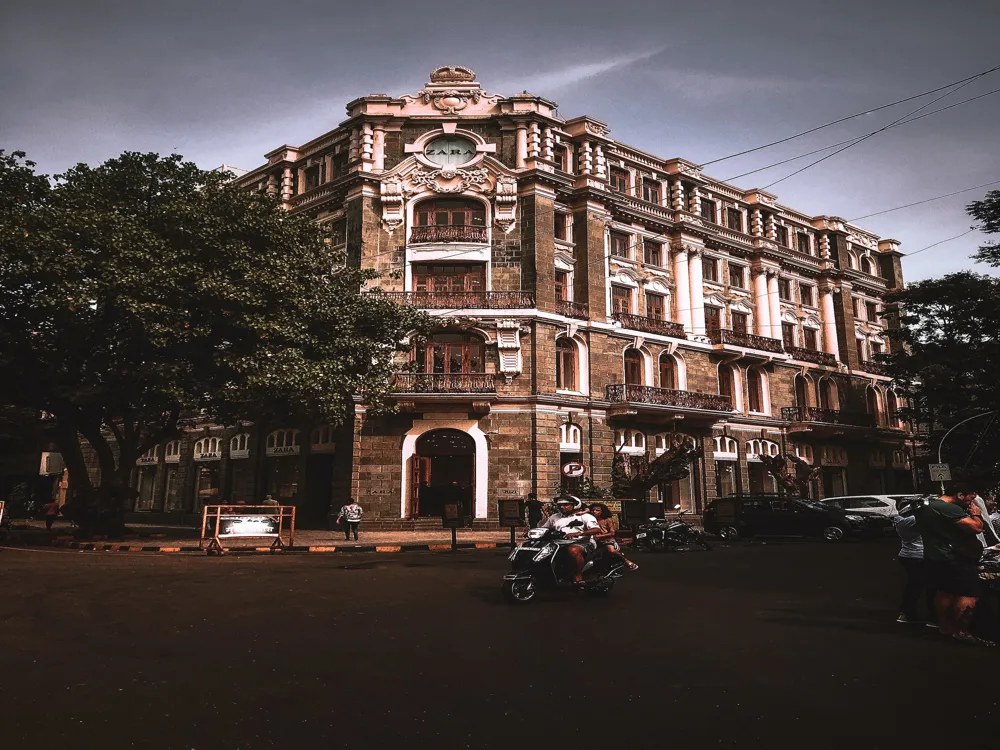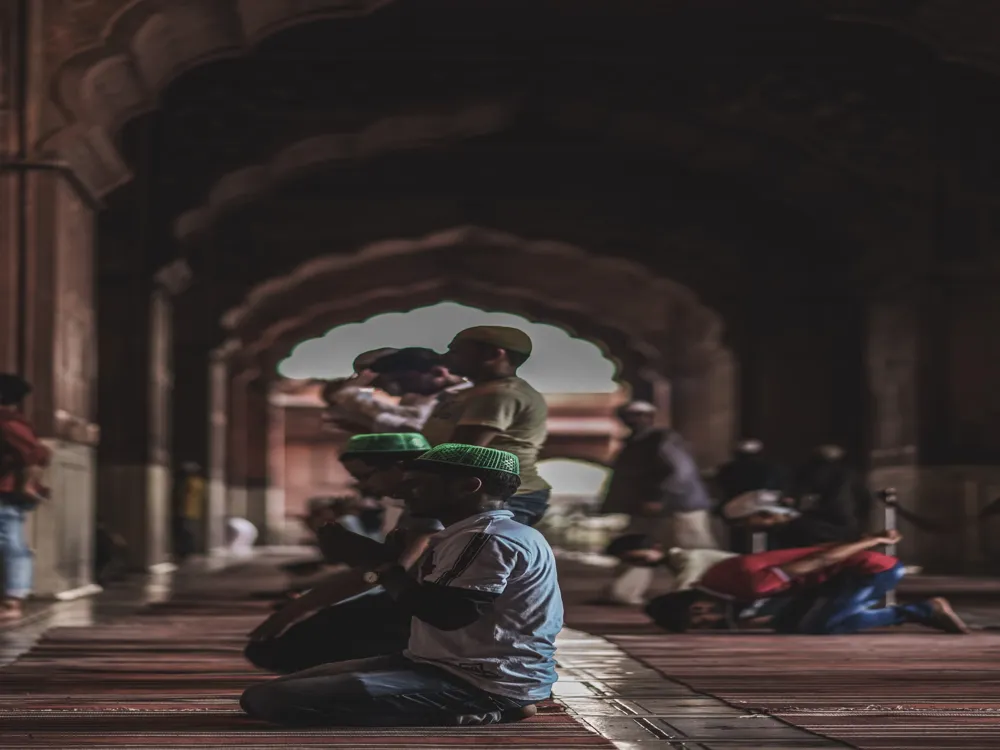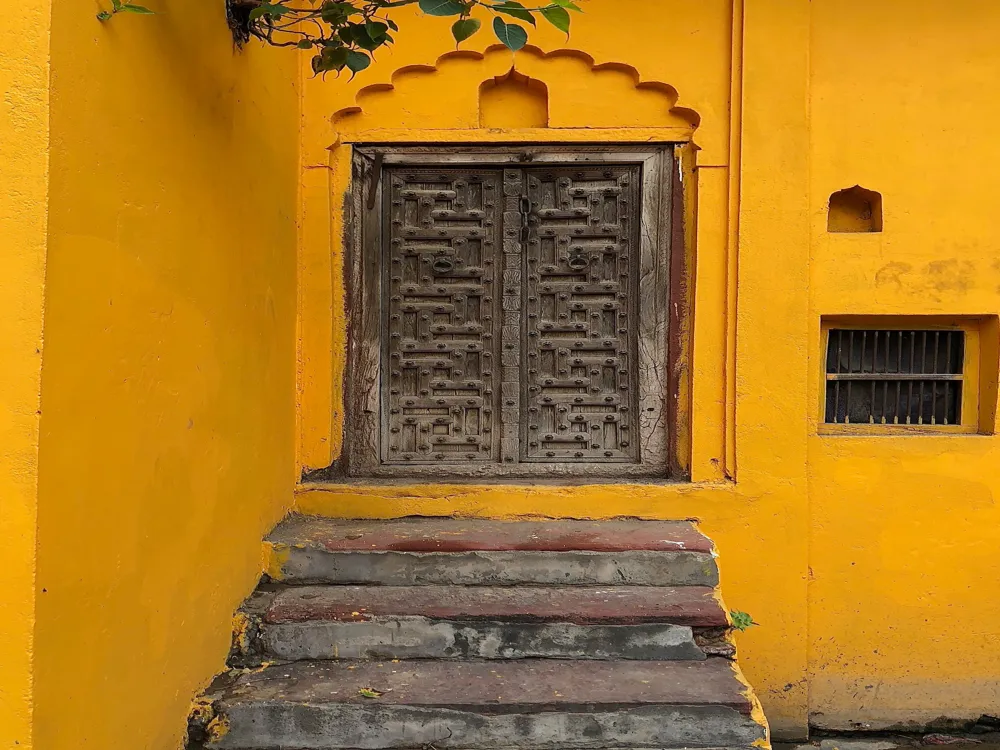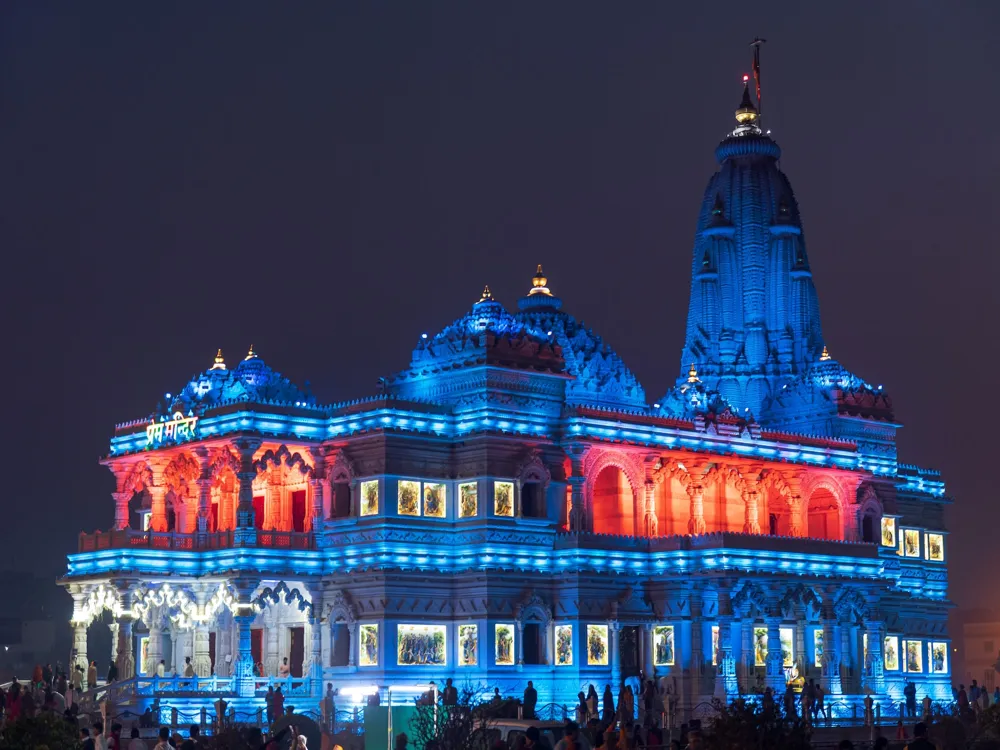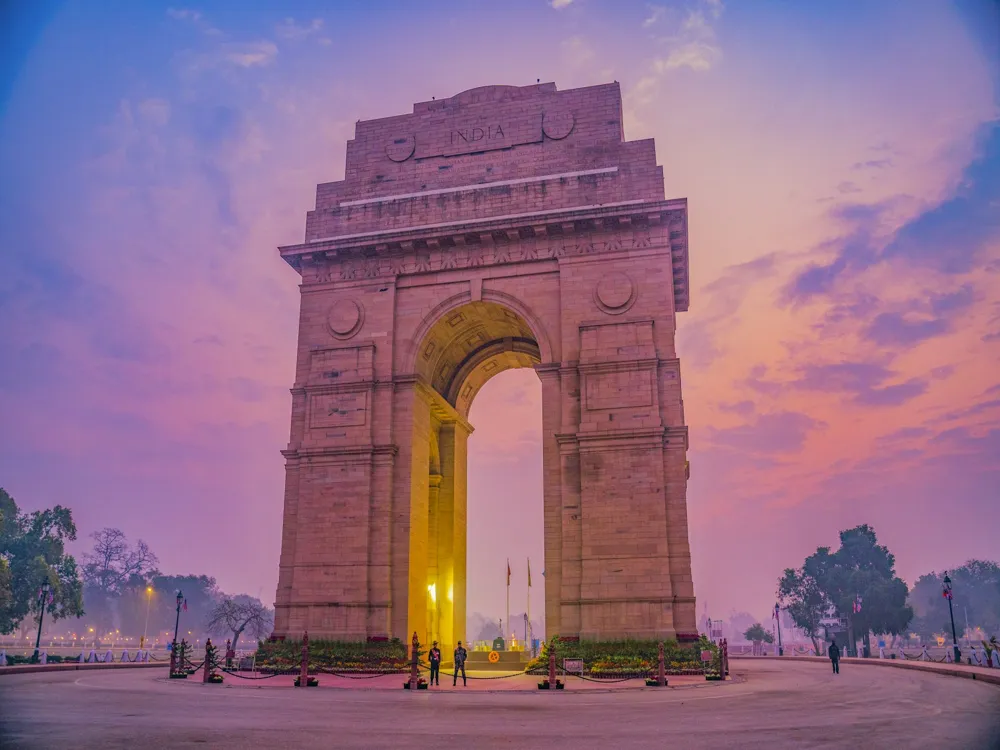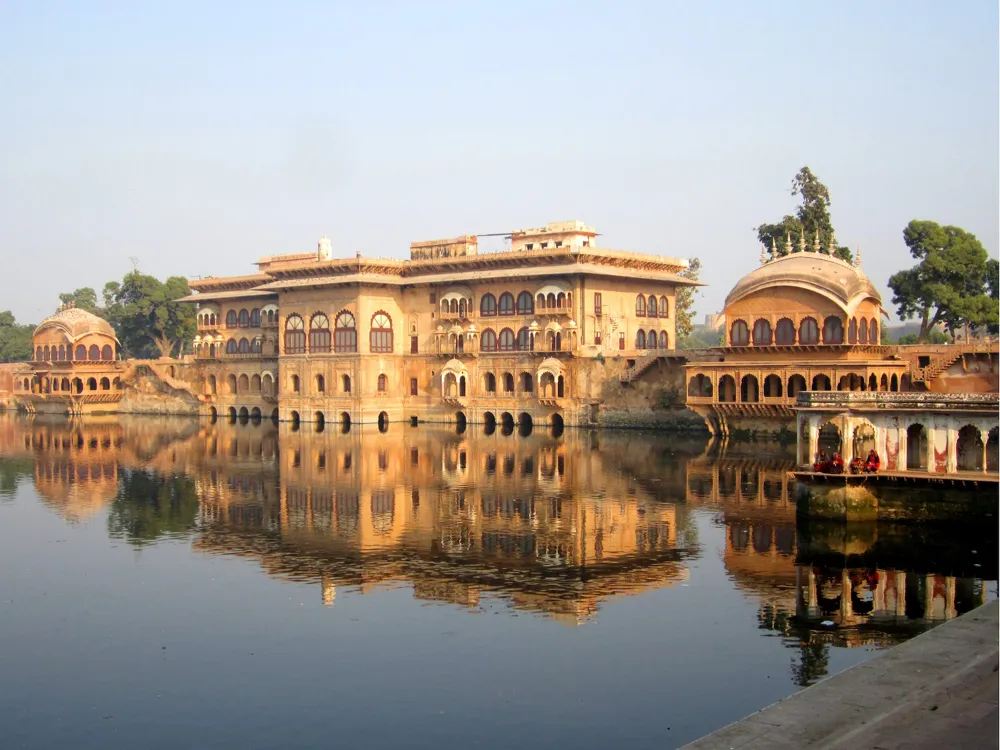The Khereshwar Temple, located in the heart of Aligarh, Uttar Pradesh, stands as a beacon of spiritual and cultural heritage. This ancient temple, dedicated to Lord Shiva, is not just a religious site but also a testament to the rich history of the region. The temple's name, Khereshwar, is derived from 'Kheresh', an ancient name for Lord Shiva, reflecting the deep-rooted spiritual significance of the place. The history of Khereshwar Temple dates back centuries, intertwining with the tales of the city's evolution. It's believed to have been constructed during the reign of the Katyuri kings, making it a significant archaeological site as well. Devotees from all over the country visit this temple, especially during Mahashivratri, when the temple is decked up in its full glory, resonating with chants and hymns dedicated to Lord Shiva. The temple not only serves as a place of worship but also as a center for social and cultural gatherings. It plays a crucial role in preserving the traditional rituals and practices of Hinduism, making it a vital part of the community's spiritual life. The ambiance of the temple, with its serene and peaceful environment, offers a perfect retreat for those seeking solace and spiritual enlightenment. The Khereshwar Temple's architecture is a splendid example of ancient Indian temple architecture, combining elements of both Dravidian and Nagara styles. The temple's structure is characterized by its intricate carvings, ornate pillars, and the magnificent shikhara (spire) that towers over the sanctuary. The use of sandstone and granite in the construction adds to the aesthetic and historical value of the temple. One of the most striking features of the temple is the 'Garbhagriha' or the sanctum sanctorum, where the Shiva Lingam is enshrined. This sacred space is designed to resonate with spiritual energy, making it a powerful spot for meditation and prayer. The temple walls are adorned with carvings depicting various episodes from Hindu mythology, particularly those related to Lord Shiva, adding layers of narrative and symbolism to the structure. The temple complex also includes several subsidiary shrines and a 'Nandi Mandapa', housing the statue of Nandi, the bull, which is Lord Shiva's mount. The alignment of these structures follows the principles of Vastu Shastra, ensuring a harmonious balance of energies within the temple premises. Visitors are advised to dress conservatively, covering shoulders and knees, as a sign of respect to the religious sentiments associated with the temple. It's important to maintain a quiet and respectful demeanor inside the temple premises. Photography inside the sanctum sanctorum is usually prohibited. Engaging in the rituals and offerings at the temple can be a profound experience. However, it's advisable to understand the customs and seek guidance from the temple priests if needed. Khereshwar Temple is well-connected by road and can be easily accessed from various parts of Aligarh. The nearest airport is in Delhi, from where one can take a taxi or a bus to Aligarh. The city also has a railway station, with trains connecting to major cities across India. Local transportation within Aligarh, such as auto-rickshaws and buses, makes it convenient for visitors to reach the temple. Read More:Overview of Khereshwar Temple, Aligarh, Uttar Pradesh
Architecture of Khereshwar Temple
Tips When Visiting Khereshwar Temple
Dress Appropriately
Respect the Sanctity of the Temple
Participate in Rituals
How To Reach Khereshwar Temple
Khereshwar Temple
Aligarh
Uttar Pradesh
NaN onwards
View aligarh Packages
Weather :
Tags : Temple
Timings : 5:00 AM - 11:45 PM
Time Required : 1 - 2 hours
Entry Fee : No entry fee
Planning a Trip? Ask Your Question
Aligarh Travel Packages
View All Packages For Aligarh
Top Hotel Collections for Aligarh

Private Pool

Luxury Hotels

5-Star Hotels

Pet Friendly
Top Hotels Near Aligarh
Other Top Ranking Places In Aligarh
View All Places To Visit In aligarh
Faq on Aligarh
What is the history of Khereshwar Temple Aligarh?
The Khereshwar Temple in Aligarh has a rich history dating back several centuries. It is believed to have been constructed during ancient times and holds significance in Hindu mythology and local folklore.
What are the main deities worshipped at Khereshwar Temple Aligarh?
The main deity worshipped at Khereshwar Temple Aligarh is Lord Shiva, along with other deities associated with Hindu mythology. Devotees visit the temple to seek blessings and offer prayers to the divine.
What are the visiting hours of Khereshwar Temple Aligarh?
Khereshwar Temple Aligarh is typically open to devotees and visitors from early morning till late evening. However, it's recommended to confirm the visiting hours locally as they may vary depending on special occasions or festivals.
Is there any entry fee for visiting Khereshwar Temple Aligarh?
No, there is usually no entry fee for visiting Khereshwar Temple Aligarh. It is open for all devotees and visitors regardless of their faith or background.
Are there any festivals or special events celebrated at Khereshwar Temple Aligarh?
Yes, Khereshwar Temple Aligarh celebrates various Hindu festivals and special events throughout the year, including Maha Shivaratri, Navratri, and other auspicious occasions. These festivals draw large crowds of devotees to the temple.
View aligarh Packages
Weather :
Tags : Temple
Timings : 5:00 AM - 11:45 PM
Time Required : 1 - 2 hours
Entry Fee : No entry fee
Planning a Trip? Ask Your Question
Aligarh Travel Packages
View All Packages For Aligarh
Top Hotel Collections for Aligarh

Private Pool

Luxury Hotels

5-Star Hotels

Pet Friendly
Top Hotels Near Aligarh
Other Top Ranking Places In Aligarh
View All Places To Visit In aligarhFaq on Aligarh
What is the history of Khereshwar Temple Aligarh?
The Khereshwar Temple in Aligarh has a rich history dating back several centuries. It is believed to have been constructed during ancient times and holds significance in Hindu mythology and local folklore.
What are the main deities worshipped at Khereshwar Temple Aligarh?
The main deity worshipped at Khereshwar Temple Aligarh is Lord Shiva, along with other deities associated with Hindu mythology. Devotees visit the temple to seek blessings and offer prayers to the divine.
What are the visiting hours of Khereshwar Temple Aligarh?
Khereshwar Temple Aligarh is typically open to devotees and visitors from early morning till late evening. However, it's recommended to confirm the visiting hours locally as they may vary depending on special occasions or festivals.
Is there any entry fee for visiting Khereshwar Temple Aligarh?
No, there is usually no entry fee for visiting Khereshwar Temple Aligarh. It is open for all devotees and visitors regardless of their faith or background.
Are there any festivals or special events celebrated at Khereshwar Temple Aligarh?
Yes, Khereshwar Temple Aligarh celebrates various Hindu festivals and special events throughout the year, including Maha Shivaratri, Navratri, and other auspicious occasions. These festivals draw large crowds of devotees to the temple.







